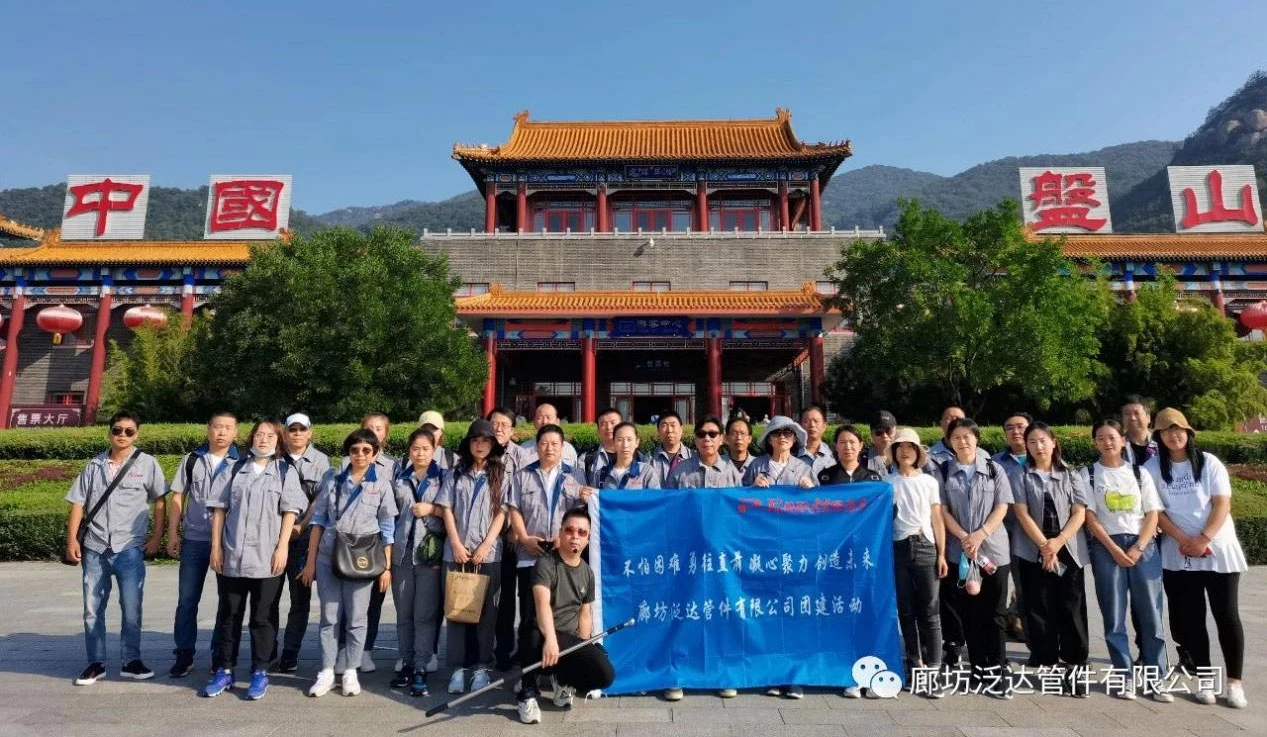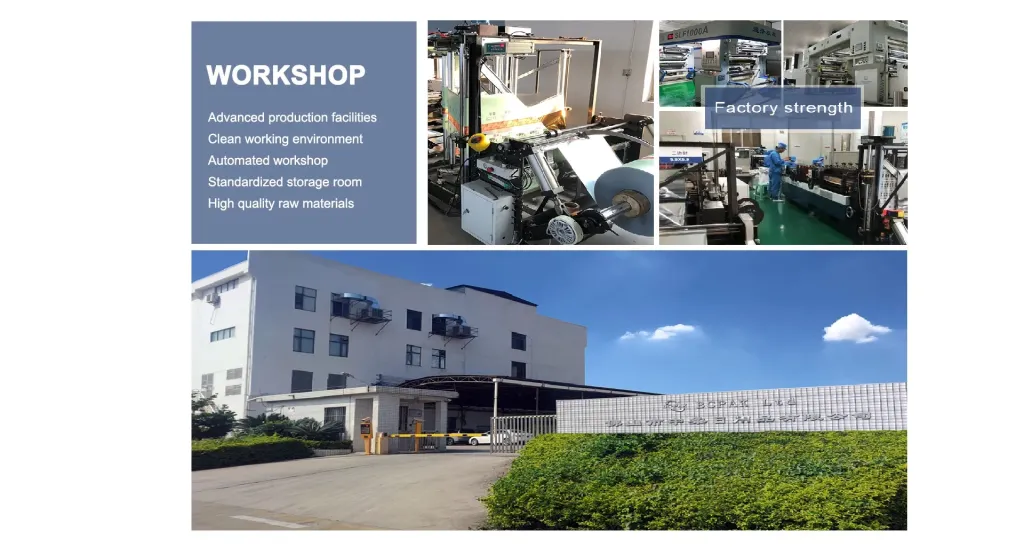Connecting two pipes in the same direction efficiently and securely is an essential aspect of any plumbing or piping system. The choice of fitting used in such applications can greatly influence the performance and longevity of the entire system. My years of experience in the field have taught me that selecting the right fitting is not just about meeting immediate needs but also about ensuring long-term reliability and efficiency.

One of the most common fittings for connecting two pipes in the same direction is the straight coupling. It’s the go-to choice when you need a simple solution that offers consistency in alignment and minimal resistance. Straight couplings come in various materials like PVC, stainless steel, and brass, each suitable for different environments and pressures. When working with potable water systems, using NSF-certified fittings is crucial to ensure safety and compliance with health standards.
Another sophisticated option is the union fitting. Unlike couplings, union fittings allow for easy disconnection, which is particularly beneficial in systems that require regular maintenance or inspections. The ability to swiftly disassemble and reassemble the pipes without causing damage or needing to replace parts saves both time and money. Moreover, union fittings are ideal in scenarios where thermal expansion or contraction is a concern, as they offer a level of flexibility that rigid couplings do not.

For applications involving high pressure or hazardous materials, flanged fittings provide an extra layer of security. Although they are bulkier and more complex to install, the robustness they offer can prevent leaks that might otherwise occur with simpler fittings. The use of gaskets in flanged connections ensures a tight seal, making them a popular choice in industrial settings.
fitting for connecting 2 pipes in same direction
Push-to-connect fittings are gaining popularity due to their ease of use. As someone who has overseen numerous installations, I appreciate how these fittings can reduce installation time significantly without compromising on reliability. They are particularly useful in environments where skilled labor is scarce or time is of the essence. However, it's essential to ensure compatibility between the pipe material and the chosen fitting to avoid connection failures.
The material compatibility between the pipe and the fitting is another factor warranting careful consideration. Corrosion is a significant concern, especially in metal pipes, and selecting a fitting of incompatible material can accelerate decay, leading to system breakdowns. Here, my experience advises always to consult corrosion resistance charts or work with a material engineer, if available, to ensure that the selected materials will interact favorably over time.
For those involved in sanitary or sensitive environments, sanitary fittings provide smooth and crevice-free connections. This feature minimizes the chance for bacteria or other contaminants to accumulate, thus ensuring that the system remains hygienic and easy to clean. Industries like food, beverage, and pharmaceuticals often opt for these fittings due to their stringent cleanliness standards.
To conclude, understanding the specifics of the environment and system requirements is crucial when selecting a fitting for connecting two pipes in the same direction. With a firm grasp on these aspects, the right choice will not only solve immediate operational needs but also enhance system efficacy and durability. As technology advances, keeping abreast of the latest fitting innovations and standards will further empower us to make informed decisions that reflect our expertise and authoritative understanding of the industry.
Post time: Jan-06-2025









